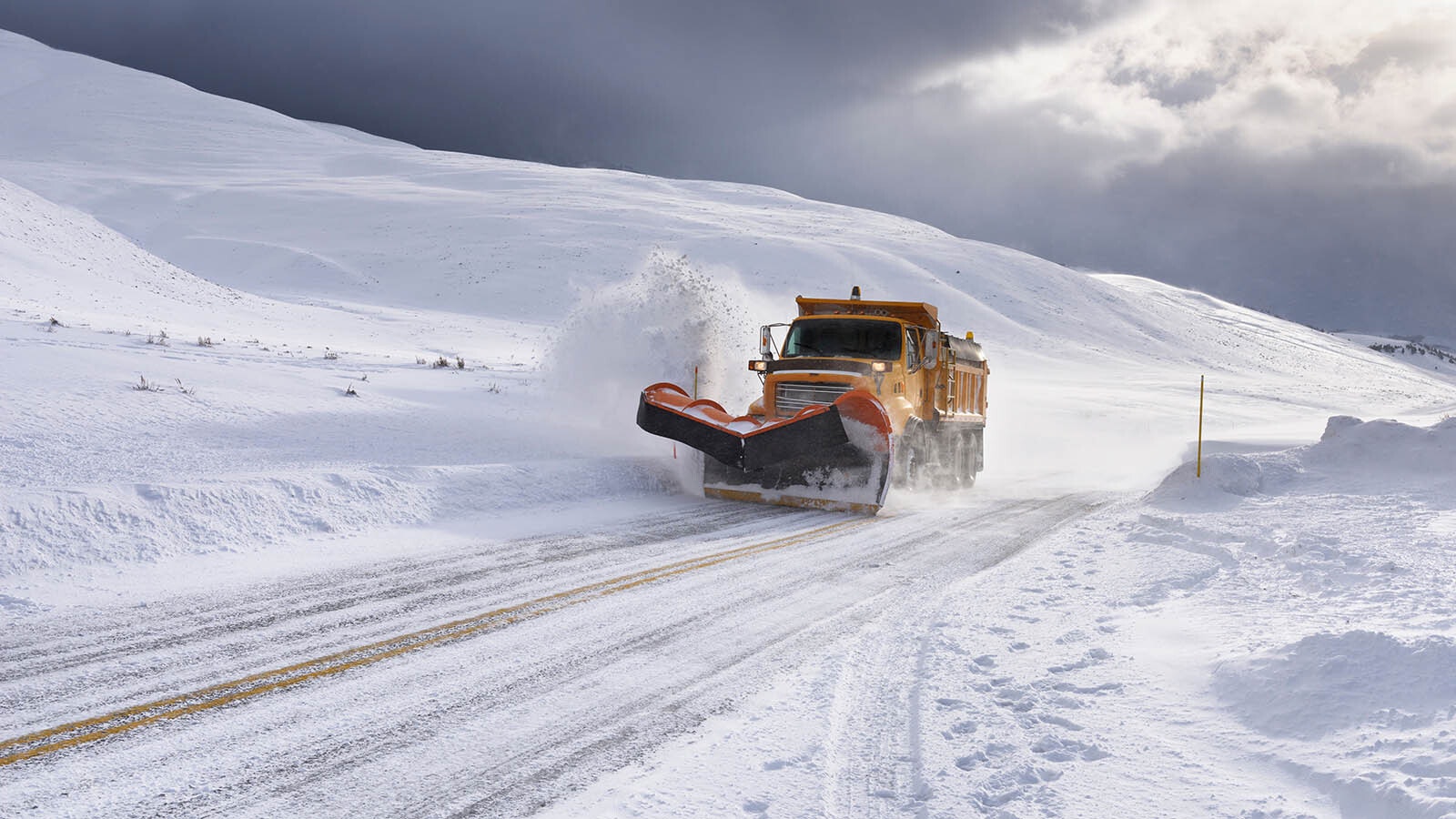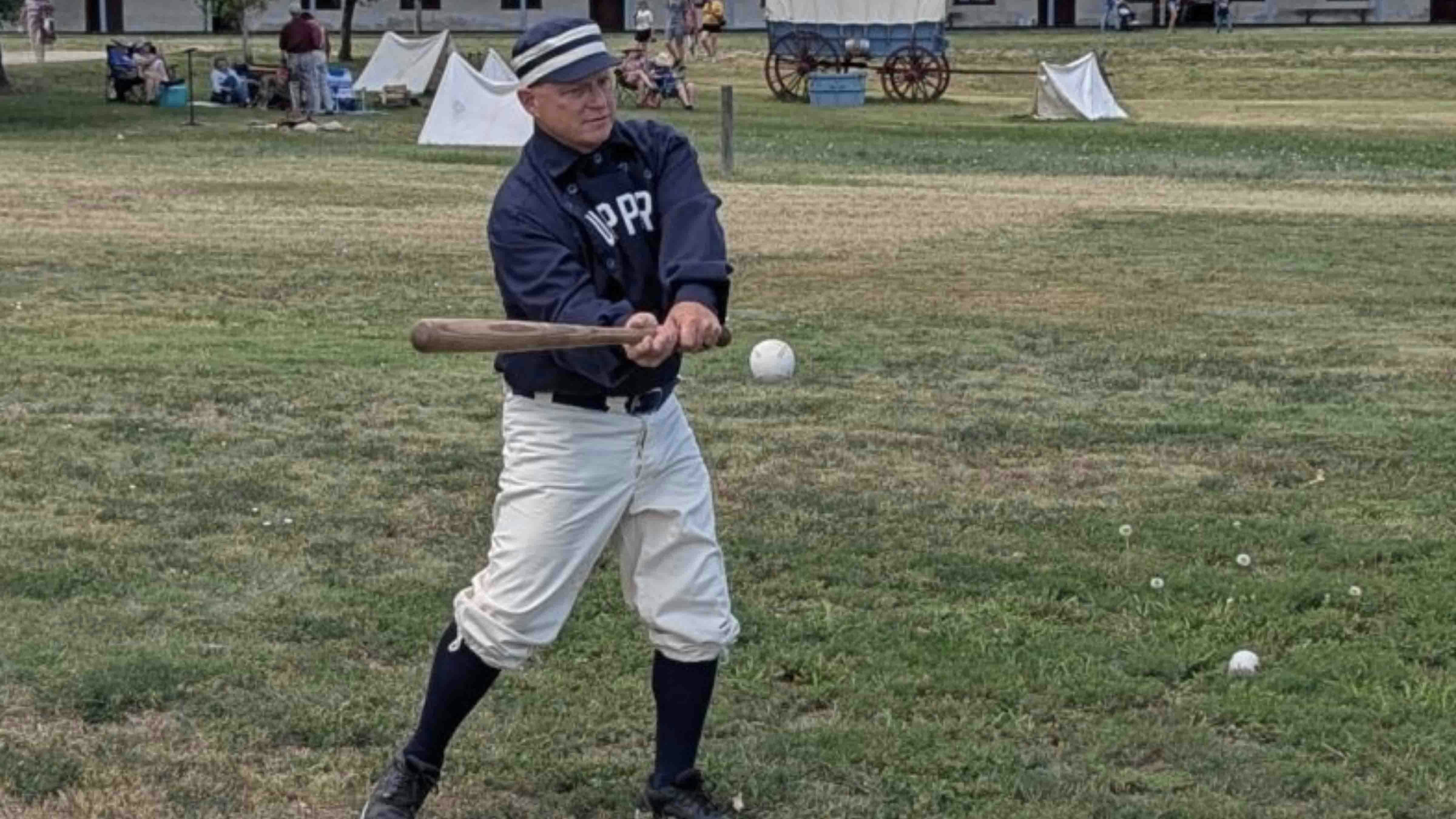Winter officially ended nearly a month ago on the calendar, but that typically doesn’t mean much for Wyoming, which continues a schizophrenic whiplash between blizzards and barbecues.
The next whip cracks on northwest Wyoming this week.
The National Weather Service Office in Billings, Montana, is tracking a significant snowstorm that will bring wet, heavy snow. Between Tuesday evening and Thursday, the high elevations of Idaho, Montana and northwest Wyoming are expected to be covered with several inches of snow.
Fluctuating from sunny 70-degree days to cold, cloudy snowstorms is what Wyomingites come to expect for this time of the season, a predictable pattern, said Cowboy State Daily meteorologist Don Day.
“We're going to continue to have ups and downs,” he said. “After getting really cold for most of next week, we'll have a pretty big warm-up. Then, we'll have another cooldown the following weekend, and that'll bring chances for rain and snow.
“And we see this pattern going into May. So, it's going to be more of this back and forth.”
Where It's Needed
Day said the good news is that the latest spring storm will primarily impact northern Wyoming. The entire expanse, from Cody and the Beartooth Mountains to Sundance and the Black Hills, has been on the mild side of an already mild winter.
That means the heavy, wet late-season snow is much needed, he said.
“The driest part of the state was the north,” Day said. “These systems have been going more across northern and northeastern Wyoming. The moisture around Newcastle and Sundance has really picked up.”
For most of Wyoming’s whiplash winter, the weather patterns driven by a particularly erratic El Niño disproportionately favored southern Wyoming. While the basins in the southern half of the state are well over their average snowpacks, northern Wyoming hasn’t caught a break.
Day said he’s not worried about the lack of moisture over the winter. He often reminds Wyomingites that the three driest months of the year — December, January and February — are immediately followed by the three wettest months.
Day acknowledged that northern Wyoming could still use plenty of moisture, but there’s also plenty of time to get it. And now, weather patterns are better positioned to provide it.
“We need more,” he said. “But this is certainly a good trend for the state's driest areas.”
Coldly Cody
This week’s snowstorm will primarily impact the higher elevations of northern Wyoming. However, plenty of northern Wyoming communities also will be clobbered by wet, heavy snow.
“The mountains — so in particular the Bighorns, the Beartooths, and Yellowstone — are all going to see a really good shot of nice heavy, wet spring snow,” Day said. The low elevations, like Cody and Meeteetse up to Clark, will get to see several inches of the spring snow, probably 3 or 4 inches, while the mountains are headed upward to a foot or so.”
A Winter Weather Advisory has already been issued for the Old Faithful area in Yellowstone National Park, with 6-8 inches expected between Tuesday evening and Thursday. The Tetons could get up to 12 inches of snow by the end of the week.
Snow will transition to rain as the storm moves across the Bighorn Basin and into eastern Wyoming. Newcastle, Lusk and Sundance might see a snow-rain mix, but no accumulation is expected.
The snow will be accompanied by a drop in temperature. Daytime highs will likely be in the 30s and 40s, with overnight lows in the 20s.
For anyone adverse to spring snow, the good news is that none of the snow is likely to stick around.
“That's usually what happens,” Day said. “It'll be cold enough to snow, but then it will melt off pretty quickly. Typical spring goes back and forth, but it won't last long.”
Mother Knows Best
For some Wyomingites, the whiplash winter has already overstayed its welcome, but there could be plenty more cold snaps and spring snowstorms yet to come.
Based on historical observations and current weather patterns, Day thinks there will be more Mother Nature mood swings throughout spring and into summer. That’s why he always marks the same day on his calendar as a more honest end to Wyoming’s wet season.
“My rule of thumb is you’ve got to get past Mother's Day before the worry about travel and livestock impacts really start to drop off,” he said. “That's four weeks from this upcoming weekend. We’re still in that time of year where it could be 75 degrees one day and snowing the next, and there's no reason to think that that won't change.”
Doubt The Drought
Wyoming’s spring snowstorms might not be terribly enjoyable for anyone hoping for consistently warm, dry days outside. However, Day is quick to remind people that spring conditions are a good indication of what to expect during the summer.
“In my experience out here, if it's wet in April, May and June, you're gonna have a decent summer in terms of precipitation,” he said.
For wary ranchers and outdoor enthusiasts dreading a drought, Day doesn’t see one on the horizon. Summer 2024 will be drier than last year, but wet enough to dampen the chances of drought.
“Summer precipitation will be close to normal,” he said. “I don’t see a drought getting started this summer, but it's very difficult to beat last year. We'll be able to put two good years back to back. You just gotta let the rest of the season play out.”
Andrew Rossi can be reached at arossi@cowboystatedaily.com.





